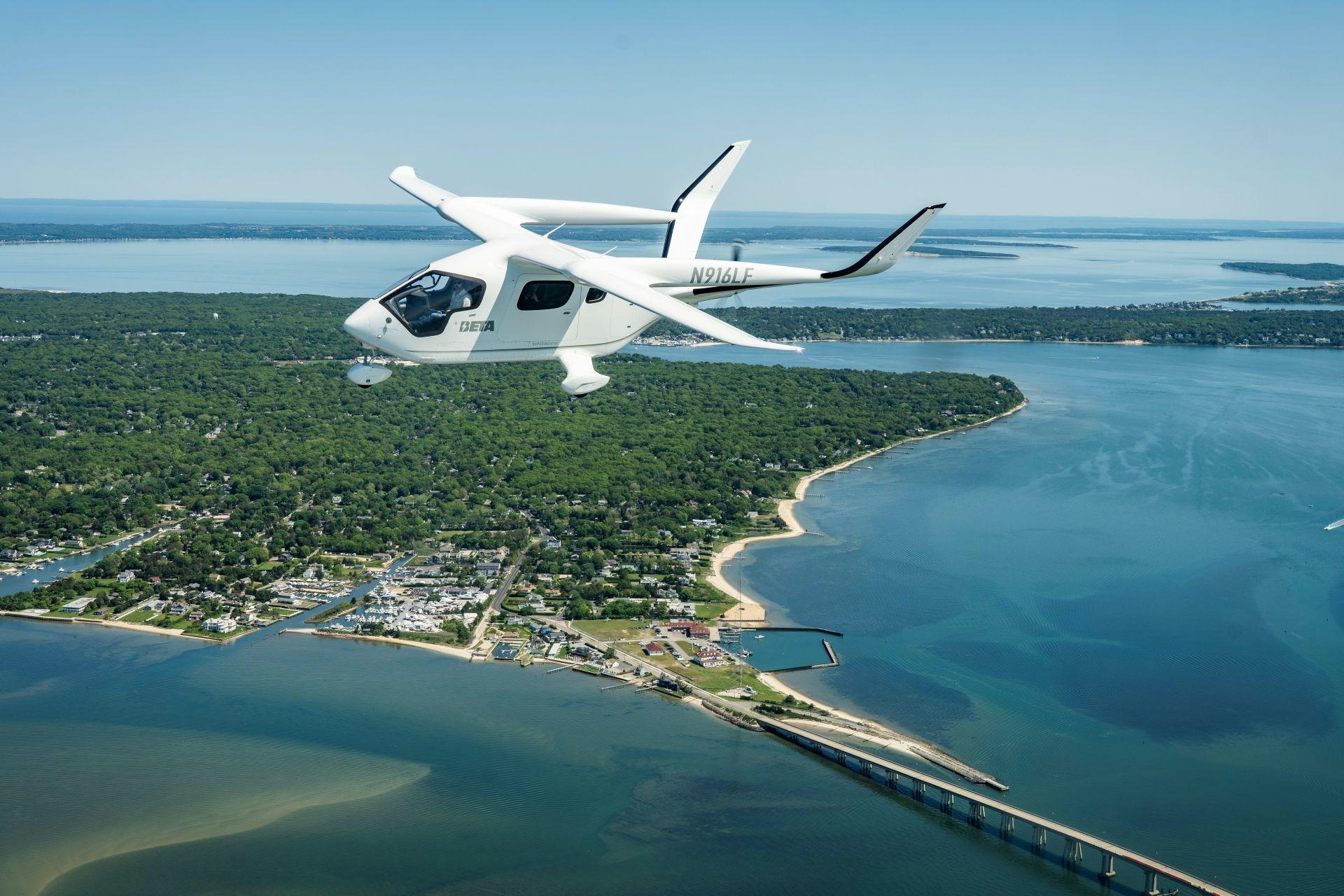
AeroGenie — ваш интеллектуальный второй пилот.
В тренде
Categories
Carlyle Files Suit in Dakar Court Over Air Sénégal Lease Dispute
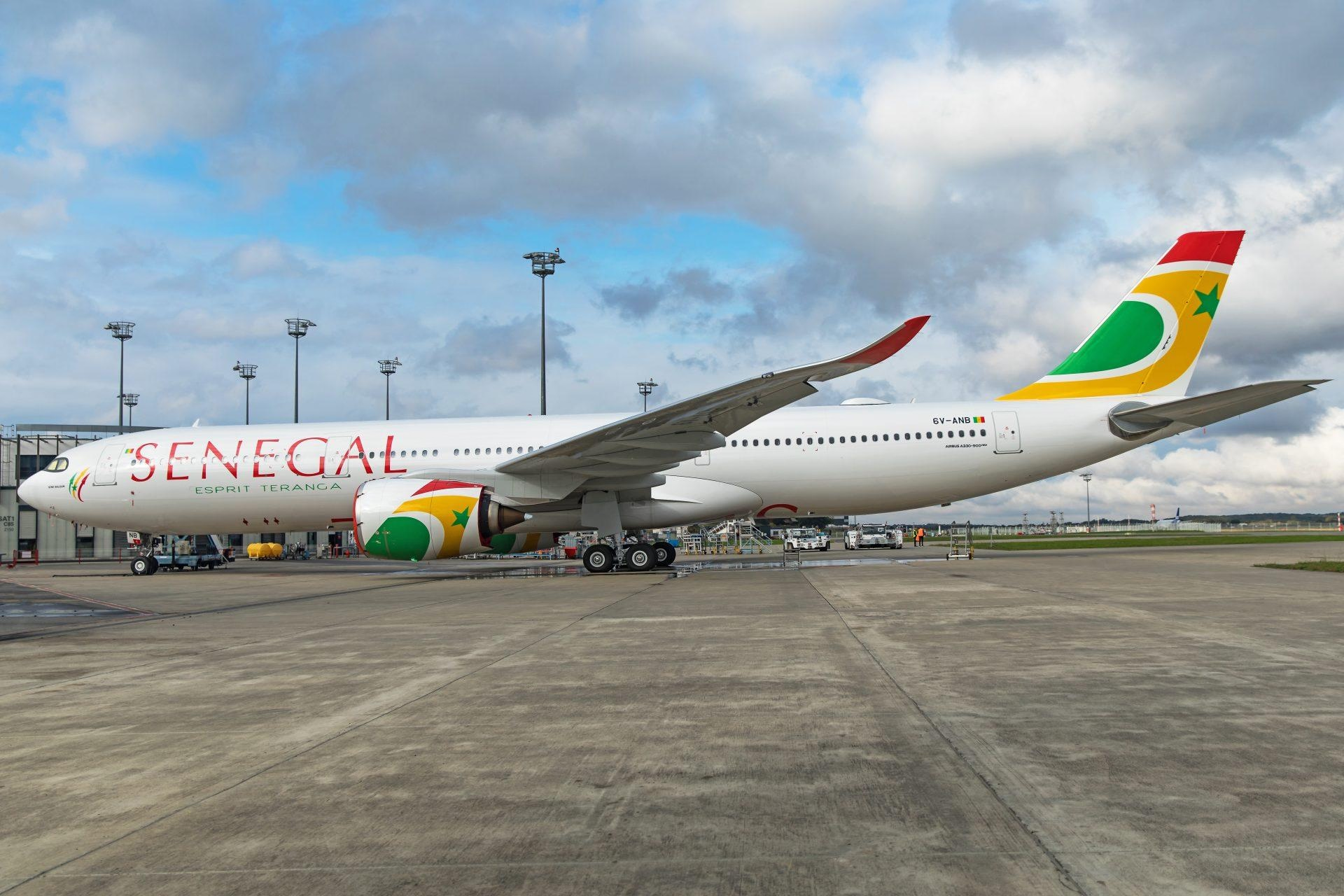
Carlyle Initiates Legal Action in Dakar Over Air Sénégal Aircraft Lease Dispute
Two special purpose vehicles (SPVs) controlled by Carlyle Aviation Partners have filed a lawsuit in the Commercial Court of Dakar, demanding the immediate return of four aircraft currently operated by Air Sénégal. The lessor seeks enforcement of a court order requiring the handover of two Airbus A319-100s (registration numbers 6V-AMA and 6V-AMB) and two Airbus A321-200s (6V-AMC and 6V-AMD), which collectively constitute nearly half of Air Sénégal’s nine-aircraft fleet.
Background and Lease Termination
According to ch-aviation data, Carlyle placed these aircraft with Air Sénégal between 2018 and 2021 through entities including SASOF III Aviation Ireland DAC and Aergen Aircraft Twenty Limited. The planes primarily serve intra-African routes. Carlyle terminated the leases in August 2024, citing non-payment issues, and subsequently secured a Senegalese court order grounding the aircraft and mandating their return. Despite this ruling, flight tracking data from ADS-B FlightRadar 24 indicates that two of the four aircraft remain in active service. The other two—6V-AMS and 6V-AMB—have been out of service since September 2024 and late March, respectively, with the latter undergoing maintenance.
At the time the court order was issued, Air Sénégal reportedly owed Carlyle approximately USD 10 million. The Senegalese government, which owns the airline, intervened to negotiate a settlement with the lessor. An Air Sénégal spokesperson described the agreement as a demonstration of the airline’s commitment to honoring its financial obligations and maintaining trust with its partners. However, it remains unclear whether the settlement was fully paid, as Carlyle has informed the Dakar court that the airline still owes several billion Central African francs.
Enforcement Challenges and Financial Disputes
Efforts to enforce the court order at Blaise Diagne International Airport have been unsuccessful to date, with Air Sénégal officials reportedly denying bailiffs access to restricted areas. Earlier this year, Carlyle demanded an immediate payment of USD 18 million and was accused of withholding documentation necessary for aircraft re-registration, despite Air Sénégal having paid over USD 91 million in leasing fees since 2018. While the documentation issue appears to have been resolved, Air Sénégal’s management has criticized Carlyle’s financial demands as unrealistic, highlighting that two of the leased aircraft have been grounded for extended periods even as high leasing fees continued to accrue. An airline source remarked that Carlyle’s claims exceed the current value of the aircraft.
Implications for Air Sénégal and the Regional Aviation Market
Carlyle’s legal action highlights the complexities inherent in international aviation leasing agreements and the legal remedies available to lessors. The ongoing dispute poses significant operational and financial risks for Air Sénégal, potentially resulting in flight delays, cancellations, and increased financial strain. Market observers are closely monitoring the case, as competitors may seek to exploit any disruptions to Air Sénégal’s operations. The outcome could affect investor confidence and alter the competitive dynamics within West Africa’s aviation sector.
Carlyle Aviation Partners declined to comment on the matter, while Air Sénégal did not respond to requests for comment.

The Enduring Legacy of the Boeing 747 in Aviation Engineering
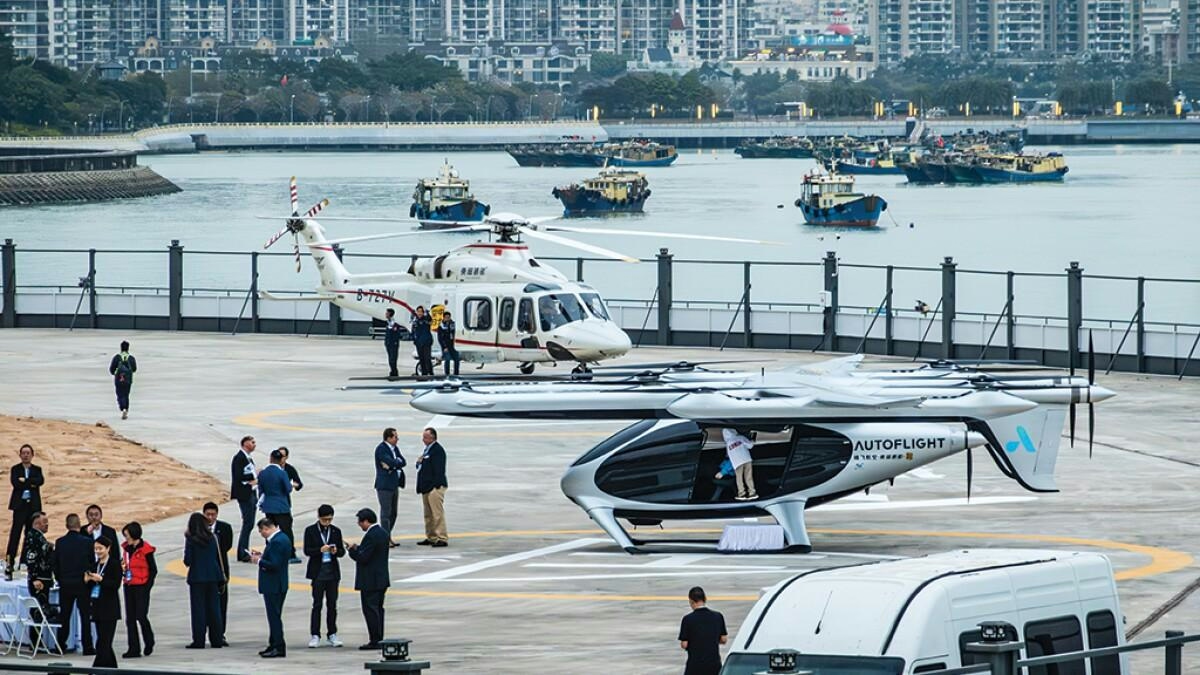
China’s Low-Altitude Economy Expands with Air Taxis and Drone Deliveries

Report Details Fiery History of McDonnell Douglas MD-11’s CF6 Engine

Supreme Court Rules Pilot Not Liable in Air India AI171 Crash
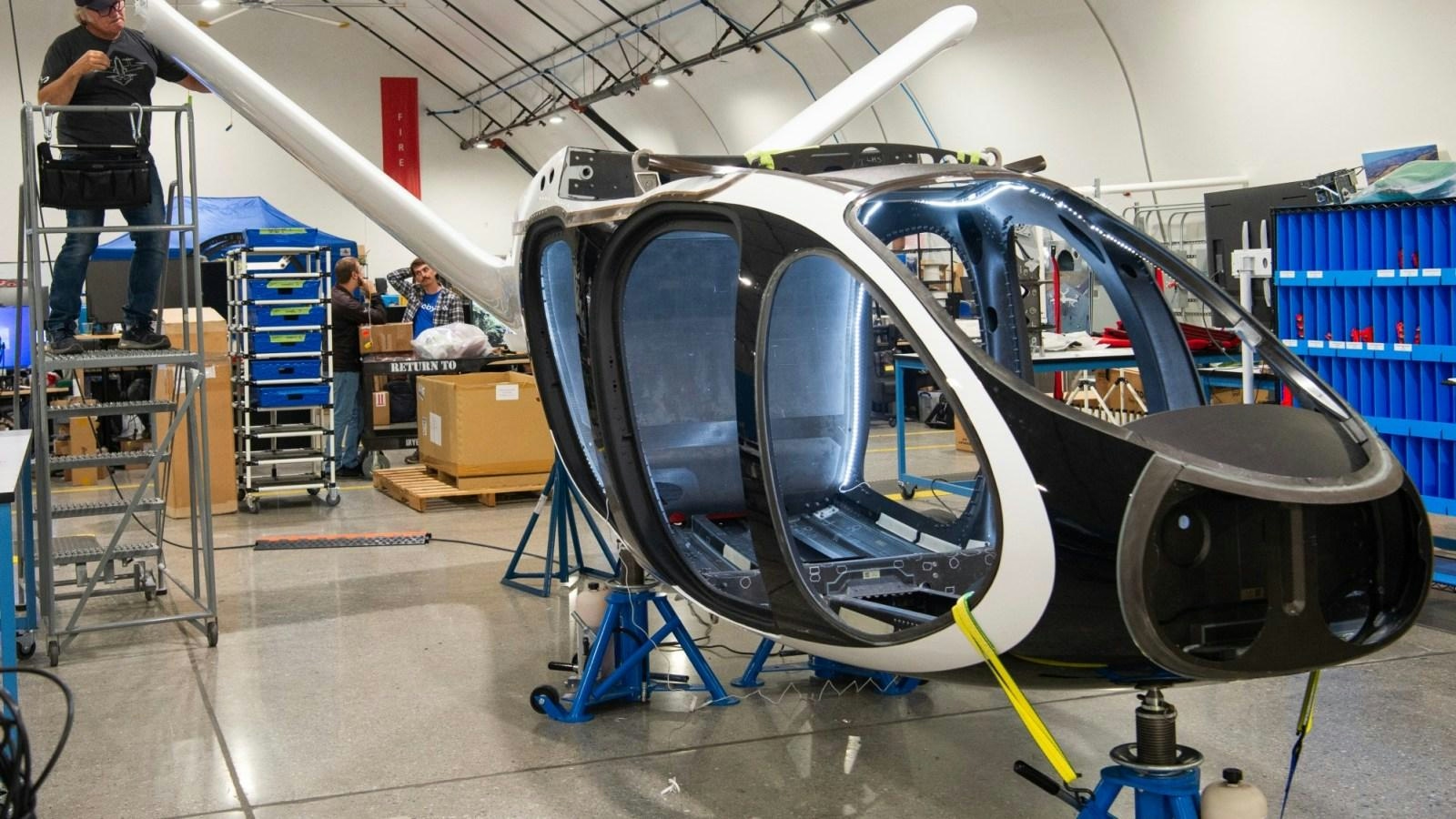
Huntington Beach Considers Vertical Taxi Pilot Program
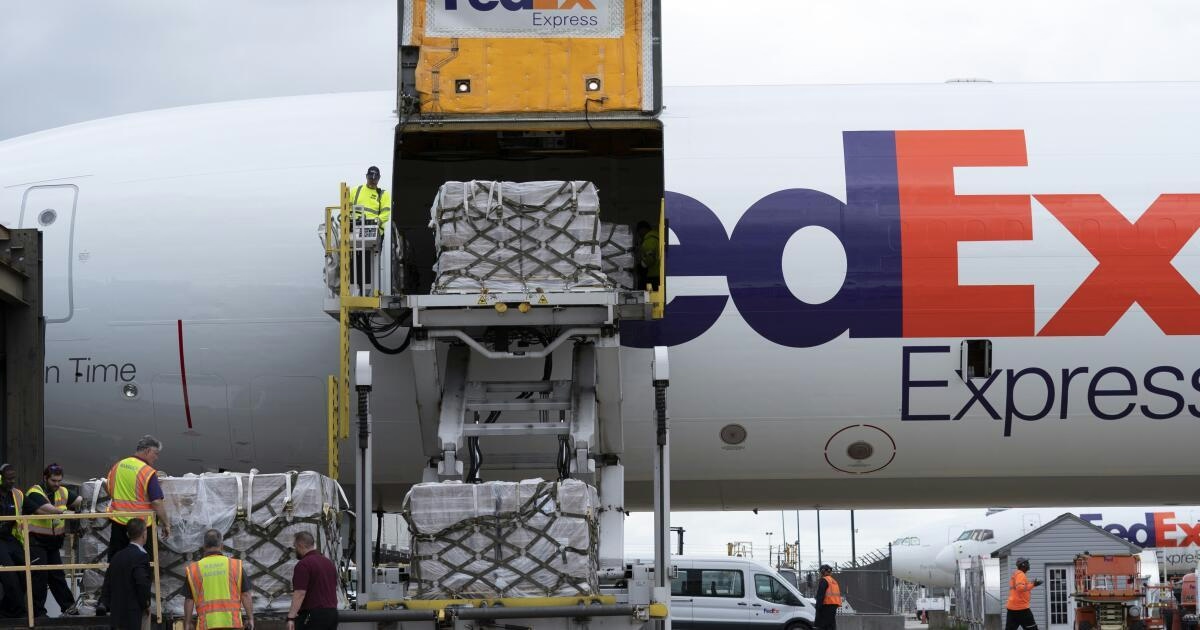
Flight Reductions Threaten Timely Delivery of Critical Goods to LAX and Other Airports
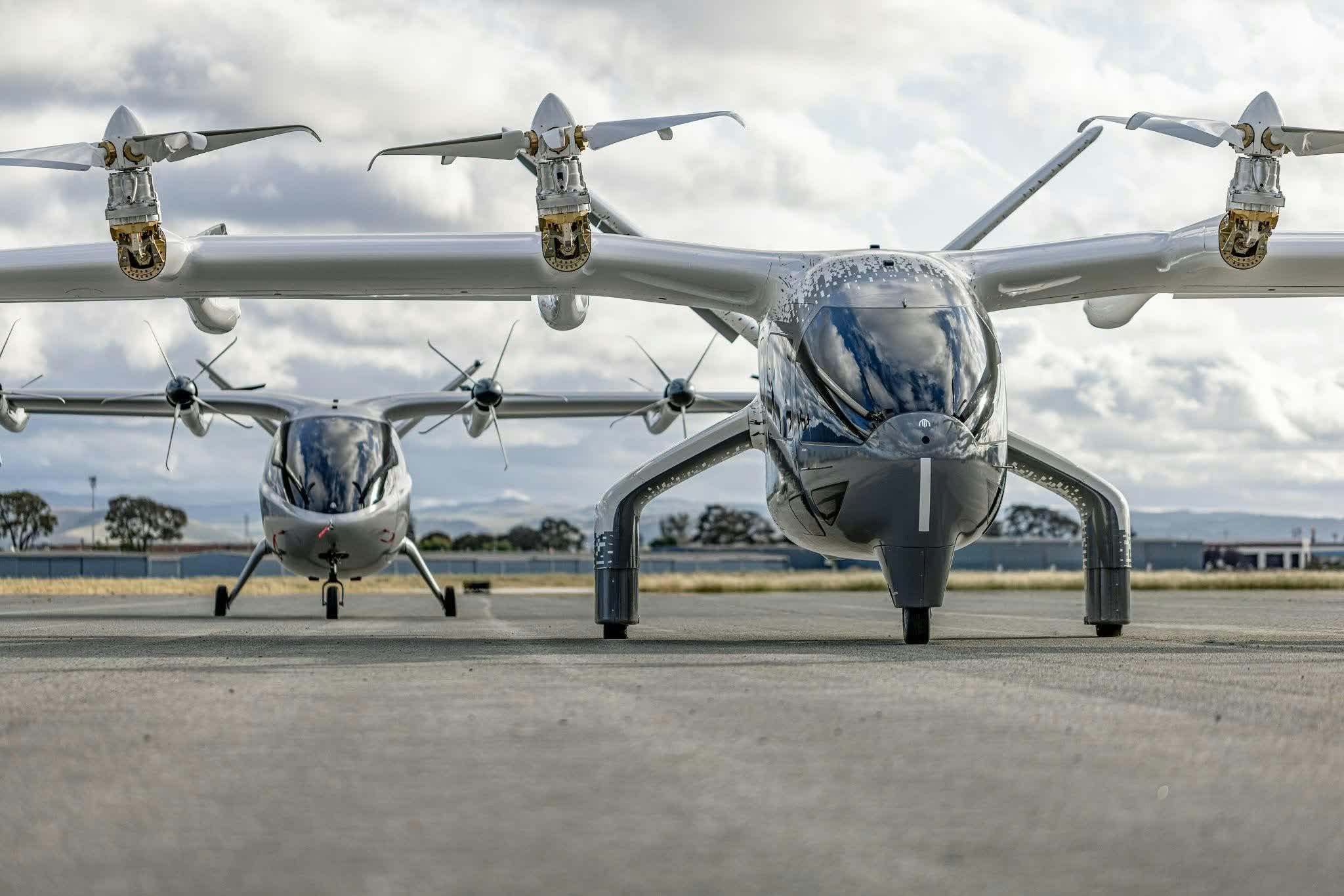
Archer Aviation Shares Decline Amid Market Volatility
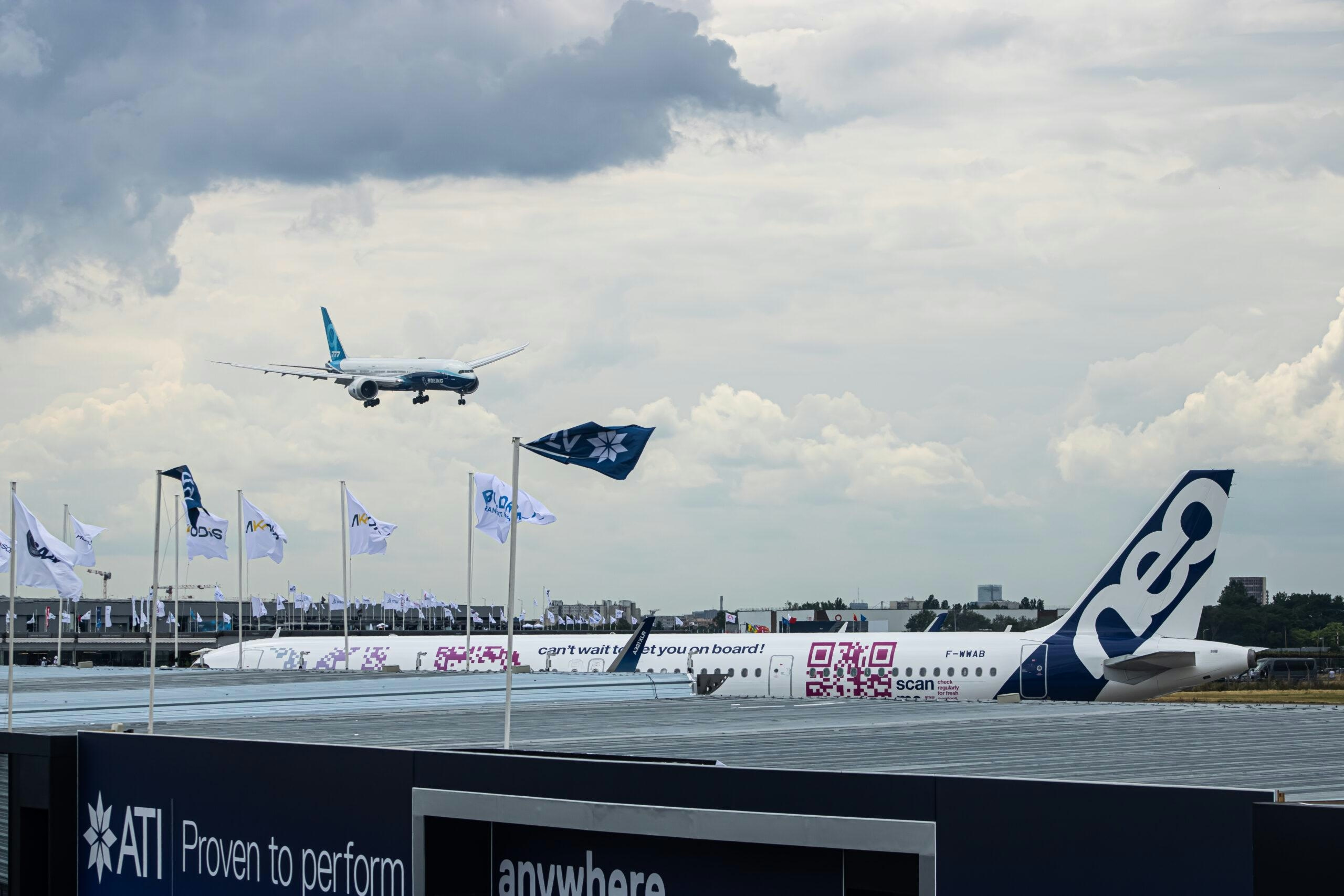
Airbus Secures Largest Aircraft Order of the Year
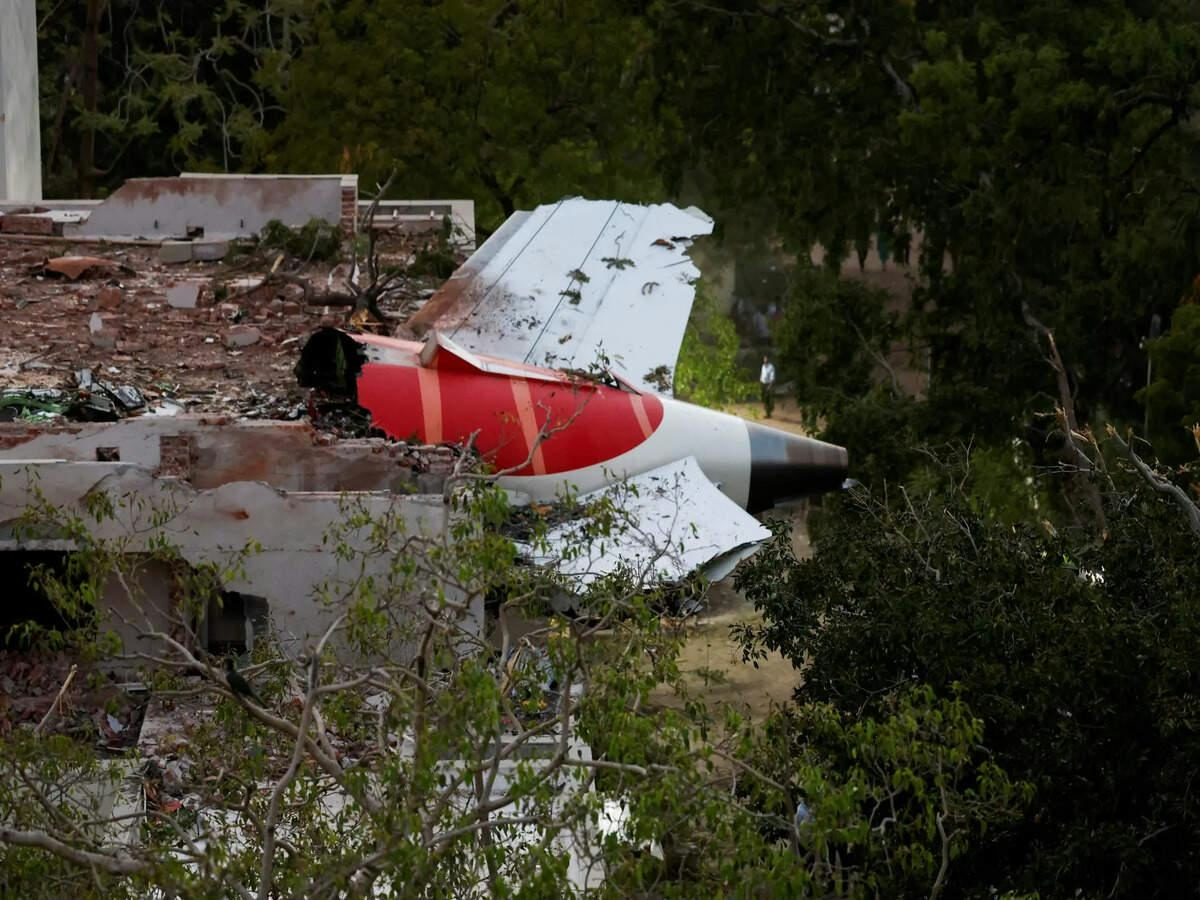
Debate Continues Over Responsibility for Air India Crash
